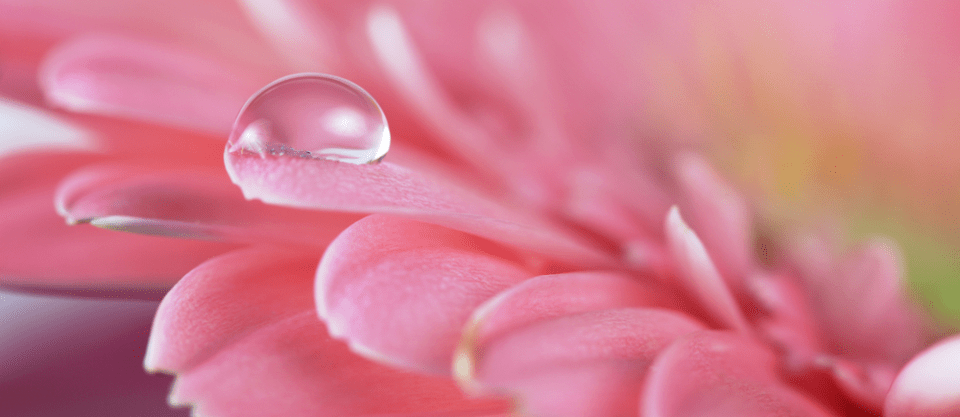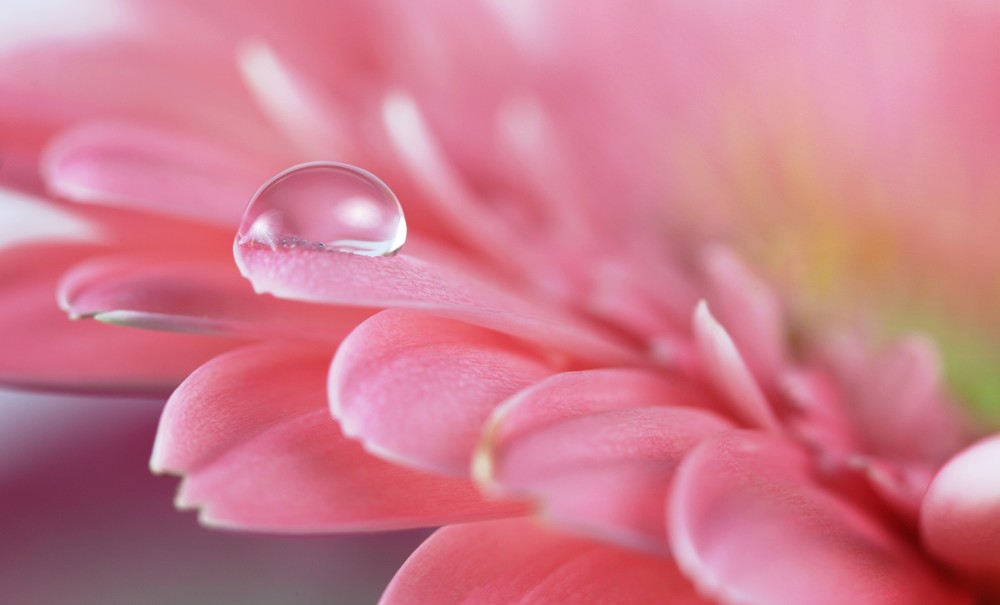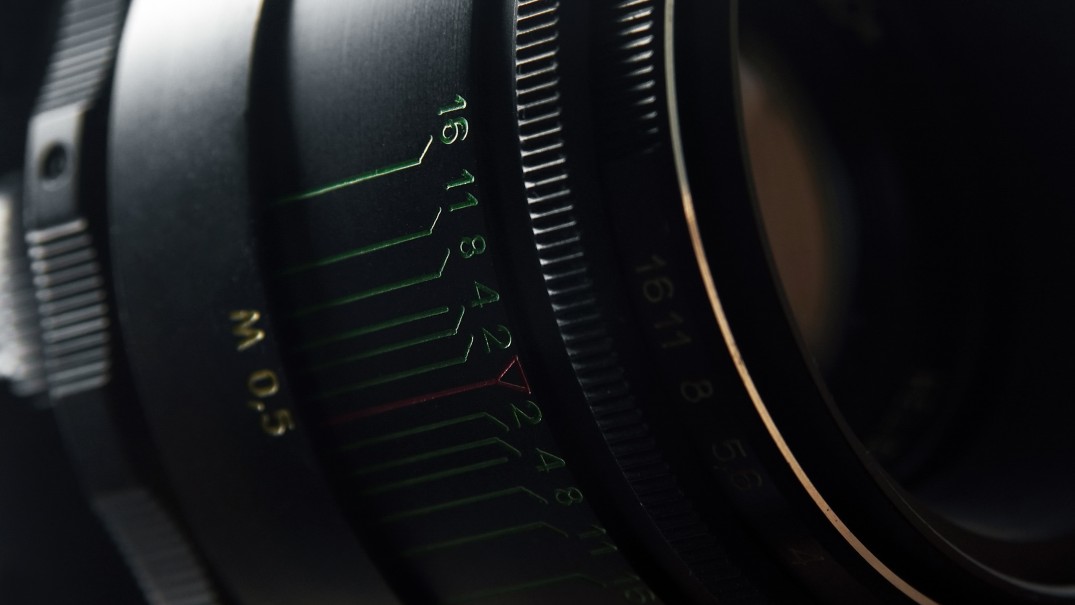
Choosing a Macro Lens
Getting up close is a great way to capture small subjects or snap abstract images. However, you can’t get up close with just any lens. Without a macro lens, DSLRs and mirrorless cameras can’t focus on objects close to the camera lens, so they can’t capture a true macro image. To capture objects up close, you’ll need a macro lens.
But, choosing a macro lens can be rather confusing. What do those ratios like 1:1 mean? How do you tell how close you can get with that lens? Is it better to get a wide angle, or a telephoto? Here’s what you need to know to choose the best macro lens to get you in close.
Macro lens ratios
To understand what a macro lens ratio is, you first need to understand the basic concept of a digital camera. When light enters the camera through the lens, the scene that you see hits the sensor and is recorded as a digital image.
Of course, most of the time, what we see is much larger than the sensor inside of a camera. If you are photographing a tree that’s ten feet tall, of course it’s not going to be ten feet on your camera sensor. The lens ratio gives us an idea of just how much space an object takes up on the camera sensor, versus how much space it takes up in real life. If you are photographing an item that is six inches tall, and it takes up one inch on the sensor, it’s being captured by the camera in a 1:6 ratio.
For macro photography, ratios help indicate how big you can make those tiny objects appear. A true macro lens is usually considered as a 1:1, so a bug that’s 5 cm tall will be 5 cm tall on the sensor. Some lenses are marketed as macro but have a 1:2 ratio, so that 5 cm bug is just 2.5 cm on the sensor.
Why does the ratio matter? A lens with a 1:1 ratio allows you to get in close and capture the object at life size. Magnification is of course affected by distance. You can use most macro lenses to take a picture of a tree from a distance because you don’t achieve that 1:1 ratio until you are close up. A macro lens will achieve that ratio at the minimum focus distance.
Minimum focus distance
 If you’ve tried to take a close-up with a non-macro lens, you probably heard the lens whirring away, trying to find a focal point and failing. Because of the design of a lens, the lens can only focus on objects so close. A macro lens can focus on objects that are closer to the front of the lens than a normal lens.
If you’ve tried to take a close-up with a non-macro lens, you probably heard the lens whirring away, trying to find a focal point and failing. Because of the design of a lens, the lens can only focus on objects so close. A macro lens can focus on objects that are closer to the front of the lens than a normal lens.
The minimum focus distance will be listed in a lens’ tech specs, and it simply indicates how close you can get to the subject and still focus. To achieve the maximum ratio, like that 1:1, you’ll need to be as close to the subject as the lens allows, or right at that minimum focus distance.
When it comes to the minimum focus distance, the focal length of the lens matters too. A 35mm lens needs a very small minimum focus distance of just a few inches in order to achieve a macro ratio of 1:1. A 200mm lens, however, can achieve that ratio from a few feet away, thanks to the zooming power of the lens.
Focal length: Should you get a wide angle or telephoto macro lens?
 Macro lenses are available in several different focal lengths. You can pick up a macro lens that’s a wide angle like 35mm, a standard like 50mm or a telephoto like 300mm. Which one is the best? That depends a bit on what you are shooting.
Macro lenses are available in several different focal lengths. You can pick up a macro lens that’s a wide angle like 35mm, a standard like 50mm or a telephoto like 300mm. Which one is the best? That depends a bit on what you are shooting.
Wide angle lenses of course capture a wider perspective. You’ll get more of the scene in the shot. But you’ll also need to get much closer to achieve that 1:1 ratio. If you’re photographing insects or other small critters, it’s tough to get as close as you need to without scaring them off, or perhaps even being stung. But for other subjects, a wide angle macro lens can work well.
Telephoto lenses cut out more of the background. Since it’s a good idea to keep the background in a macro lens simple, many macro photographers prefer telephoto lenses. And since telephotos allow you to shoot farther away from your subject, it’s easier to use with insects. Telephotos, however, are often a bit pricier than their wide angle counterparts.
It’s also a good idea to consider what else is already in your camera bag, especially if you’re just a hobbyist photographer. Most macro lenses focus up close, but can also focus to infinity like a normal lens, so you can use them for other types of photography too. You may want to choose a macro lens at a focal point you don’t already have in your bag, so you can use the lens for other subjects too.
Choosing a macro lens: Fixed or zoom lens?
Like other lenses, macro lenses are either fixed focal lengths (i.e. they don’t zoom in or out) or zoom lenses that cover a range of focal lengths.
The benefits of a zoom lens are easy to see. They can cover a range of focal points, so you want have to switch lenses. They’re also better for following a moving subject, like taking macro insect photos, for example. However, zoom lenses are expensive.
Fixed lenses are generally inexpensive, making them more accessible for hobbyist photographers. Since a lot of macro subjects are stationary, zoom lenses aren’t necessary for things like photographing flowers or jewelry, for example. Fixed or prime lenses also tend to have wider maximum apertures. It’s usually not possible to shoot at f1.8 with a telephoto zoom lens, at least not without spending quite a bit of money.
Macro lenses: Maximum aperture
The maximum aperture you can use is determined by the lens. Some lenses allow you to shoot as wide as f/1.8 or even f/1.4. Lenses that are less expensive or that have a longer focal length usually have a narrower aperture, like f/3.6.
 But do you really need an f/1.8 lens for macro photography? Aperture determines the depth of field, or how much of the image is in focus, and an f/1.8 results in a very smooth out-of-focus background. But aperture isn’t the only thing that plays a role in the depth of field. The distance between the camera and the subject plays a role too. The closer you are to the subject, the softer that background will be. Of course, when you’re shooting macro, you are getting in really close. Combine that with a wide f/1.8 aperture, and only a very small portion of the image will be in focus.
But do you really need an f/1.8 lens for macro photography? Aperture determines the depth of field, or how much of the image is in focus, and an f/1.8 results in a very smooth out-of-focus background. But aperture isn’t the only thing that plays a role in the depth of field. The distance between the camera and the subject plays a role too. The closer you are to the subject, the softer that background will be. Of course, when you’re shooting macro, you are getting in really close. Combine that with a wide f/1.8 aperture, and only a very small portion of the image will be in focus.
When shooting macro, it’s usually better to use a narrower aperture to keep the subject fully in focus. Wider apertures can be used to blur out the background, but at f/1.8 is usually too wide for macro. That means, if you are shopping for a lens to use just for macro shots, you can save a bit of cash if you get that f/3.6 instead of that f/1.8. Of course, most macro lenses don’t need to be used solely as a macro lens. Lower f-numbers like that f/1.8 will come in handy for blurring the background on a portrait or taking photos in limited lighting. Just keep in mind that super wide apertures are often too soft for most macro photography shots.
Macro lenses are a great addition to any photographer’s kit. Look for a lens with at least a 1:1 ratio to get extreme close-ups. Consider the minimum focus distance, as well as the focal length of the lens. Fixed or prime lenses are less expensive than zoom lenses, but they are a bit tougher to use with moving subjects, like insects. A wide maximum aperture will come in handy shooting in low light and blurring out the background, but they’re tricky to use in macro photography, and it’s usually better to use a bit narrower aperture to keep the subject in focus. Since you can use a macro lens for more than just close-ups, consider what other uses it may help with and what you already have in your kit as well.
Looking to sharpen your photography skills? Join our top-rated online photography course today!



